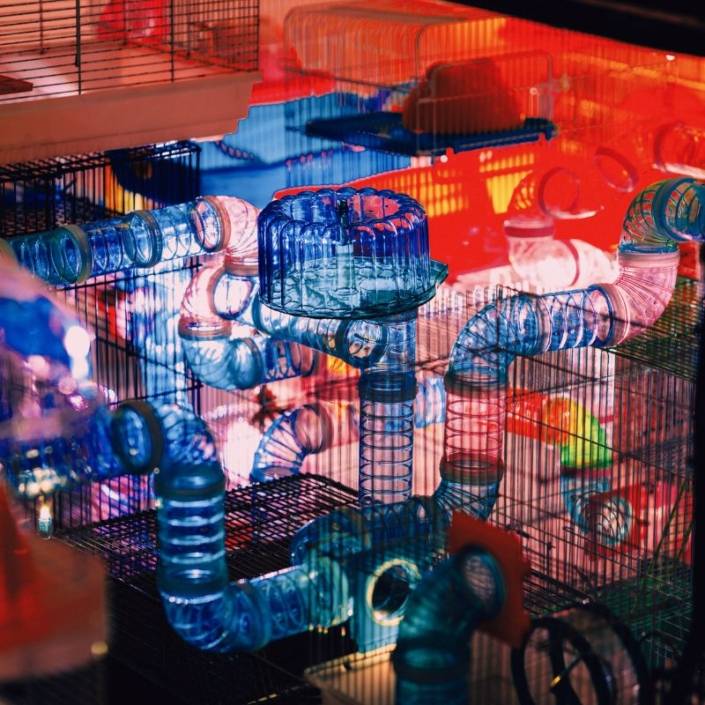Venice Biennale 2019: Living in interesting times
The 58th Venice Biennale kicks off with a foreboding message.
Words: Elle Picton
The Venice Biennale has returned to the city of canals for its 58th exhibition since 1895. The show has grown exponentially since its humble beginnings more than a century ago. Expanding outside of the original venues of the Central Pavilion in the Giardini and the Corderie dell’Arsenale, the Biennale now has National Pavilions scattered across the city, with 29 permanent Pavilions inside of the Giardini 23 at the Arsenale.
The National Pavilions see countries from all over the world showcase works by representing artists on a globally recognised stage. The 90 nations staging their own exhibitions – including first-time participants Ghana, Madagascar, Malaysia and Pakistan – demonstrate cultural development, political atmosphere and important world issues, closing the gap between nations.
The two main venues – Giardini and the Arsendale – this year exhibit 79 artists and collectives from 38 countries. And for the first time, 50% of the representing artists are women. Although this advancement in the Biennale is something to celebrate, it also comes with a slight sense bitterness as we consider how long it has taken for such a progressive event to achieve this equality.
These feelings of imbalance are carried through by the title of this year’s exhibition May You Live in Interesting Times, a phrase originating from an ancient Chinese curse. Curated by Ralph Rugoff, director of London’s Hayward Gallery, the title carries both a sense of foreboding, but also allows for reflection on the brilliant, diverse and chaotic world of modern times.
Global issues including climate change, nationalism, racism, sexism, wealth, the impacts of social media and migration are prevalent in this year’s show. Yet with such a plethora of nations and cultures involved, we see a convergence of myriad differing opinions, meanings and experiences represented by exhibiting artists.
The Australian Pavilion, which resides in its permanent location inside of the Giardini, is this year represented by Angelica Mesiti. Her work Assembly comprises a 25-minute, three channel video installation. The video score sees Mesiti, with the aid of a stenograph machine, code a poem by David Malouf, which was then arranged into a musical score by composer Max Lyandvert. Mesiti worked alongside roughly 40 Australian artists, dancers and filmmakers in the piece, seeking to demonstrate the diversity and vibrancy of Australian individuality. Bringing together the voices of the migrants, refugees and citizens that make up Australia, Mesiti explores the modern community and the need to create a new language to communicate as we interact with strangers through art, culture and dissonance.
New Zealand is represented this year by artist Dane Mitchell. Mitchell’s installation work Post Hoc is exhibited in the Palazzina Canonica, with numerous sculptures from the piece also scattered across the city. The work plays into the Biennale’s title by critically reflecting on the progress of humanity and how, ironically, we appear to be regressing in some circumstances. Mitchell urges us to consider the way that humanity is moving and the impacts of our selfish and destructive behaviours.
The 58th Venice Biennale runs in sites across Venice, Italy, until 24 November 2019.
Image: Angelica Mesiti, ASSEMBLY, 2019 (production still). Three-channel video installation in architectural amphitheater. HD video projections, colour, six-channel mono sound, 25 mins, dimensions variable. Photo: Bonnie Elliott.







